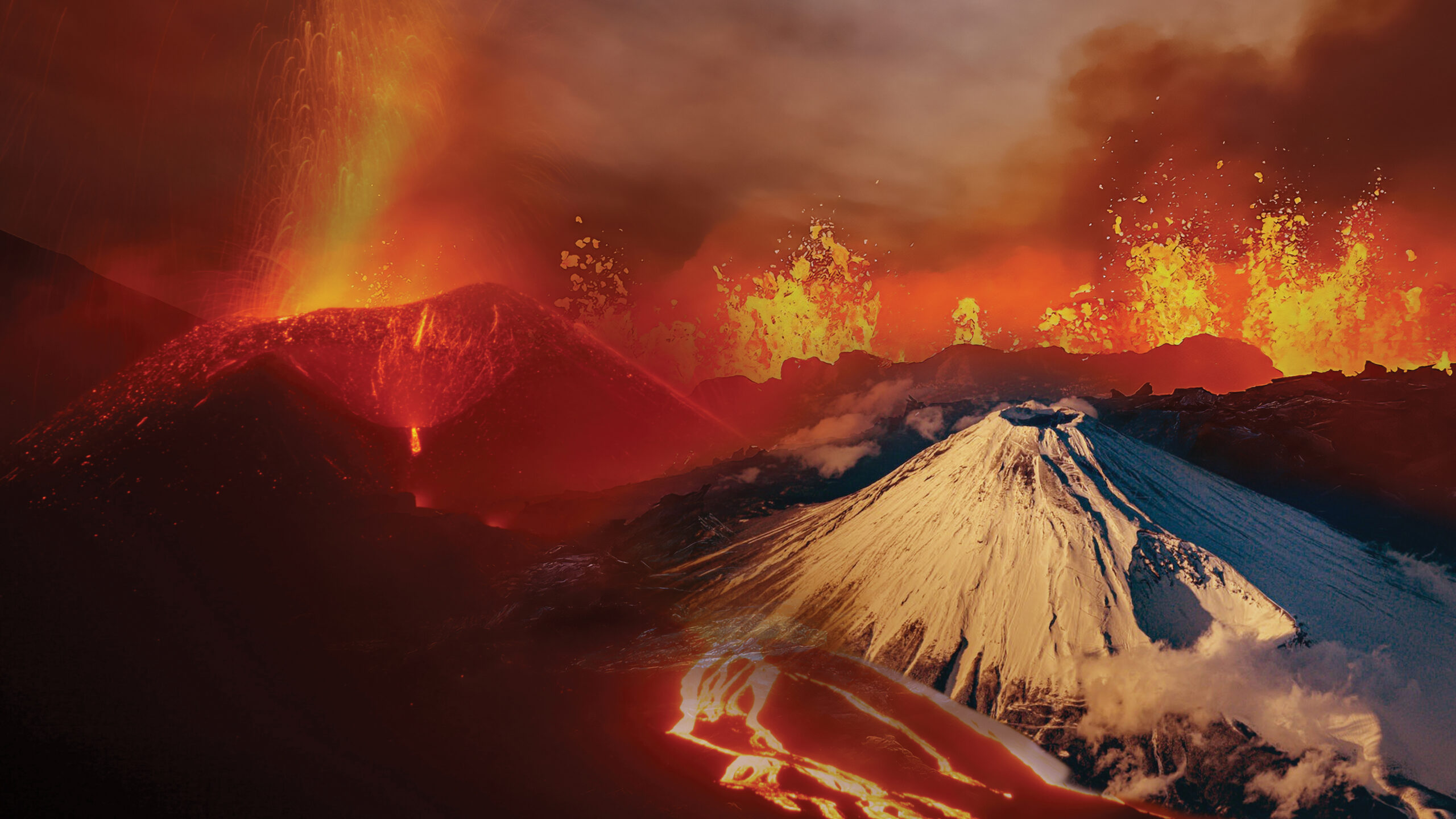
Volcanic Fury: For many tourists, there’s no crater joy than a volcano that has just erupted
Iceland’s volcanic eruption this summer set the tourist industry into overdrive. People from all over the country and overseas made a beeline for one of the most awe-inspiring sights nature has to offer – an active volcano.
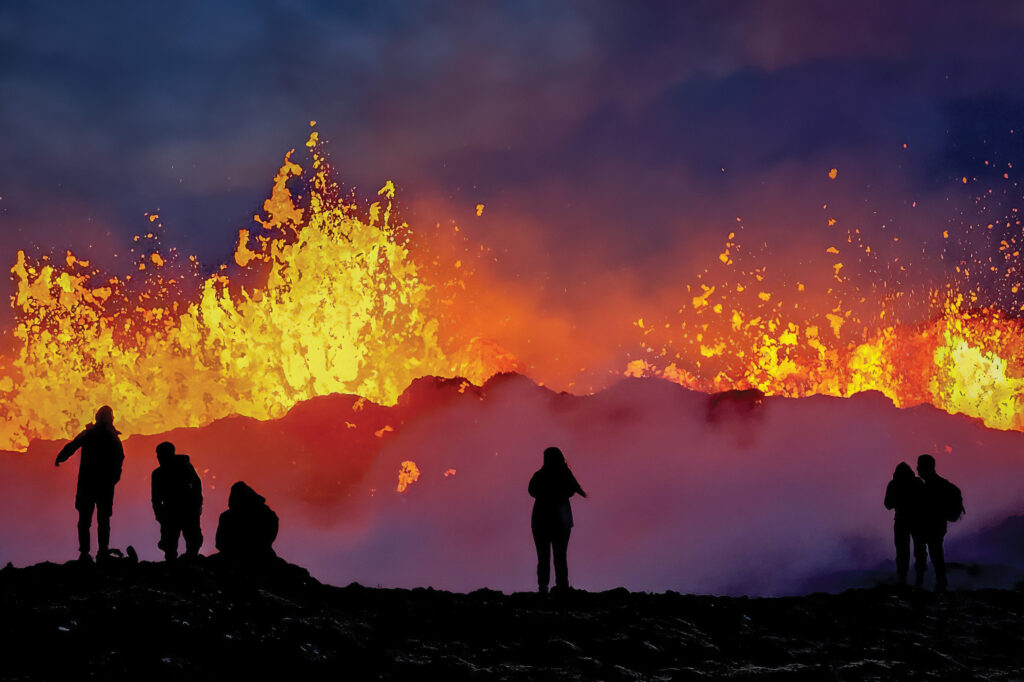
Litli-Hrútur, a hill about 38 kilometres from Reykjavík, began spewing lava on July 10, in an area which has seen an unusually large amount of volcanic activity in recent years. It is part of a volcanic system on the Reykjanes Peninsula that also experienced eruptions in 2021 and 2022 at Fagradalsfjall. Some estimates put the number of sightseers in 2021 at 350,000 as the lava flowed off and on for six months.
Since no lava was seen running from the crater at Litli-Hrútur after August 5, total visitor numbers there will likely fall short of those previously recorded in other parts of the peninsula. Acutely aware of the whims of plate tectonics, some tourists booked flights to Iceland within an hour of the initial eruption for the chance to see close up the perhaps once-in- a-lifetime opportunity of nature unleashing its molten fury.
Creation in view
Authorities created a path to the hill and day by day a column of hikers made their way to within 1.5 kilometres of the cone and touching distance of smouldering fresh lava. Some visitors sent drones over the top of the boiling inferno to get a bird’s eye view of the mesmerising spectacle.
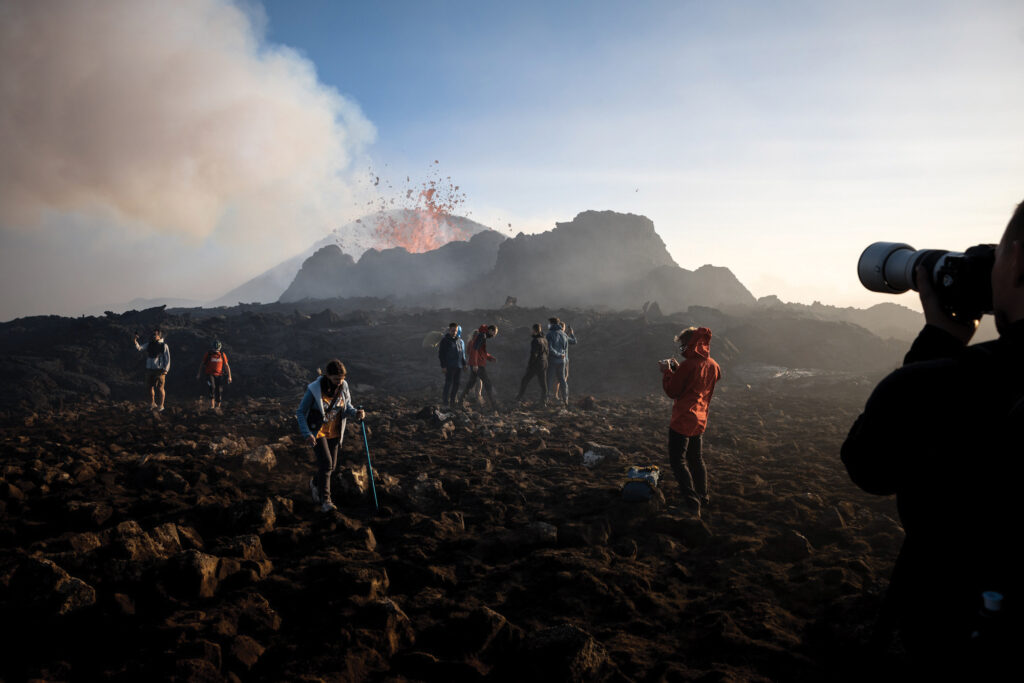
Indeed, flying drones over the rims of lava-spewing craters has become something of a craze for YouTubers; one ‘decommissioned’ his beyond-repair probe on a final flight down into a volcano in Iceland last year, churning out some remarkable footage.
Professor Thorvaldur Thordarson, a volcanologist at the University of Iceland, was awestruck when he saw the Litli-Hrútur eruption, telling a reporter from the Financial Times who was with him: “You’re looking at creation. The crust makes Earth a habitable place. Volcanoes maintain our atmosphere and are the reason why we have life on Earth.”
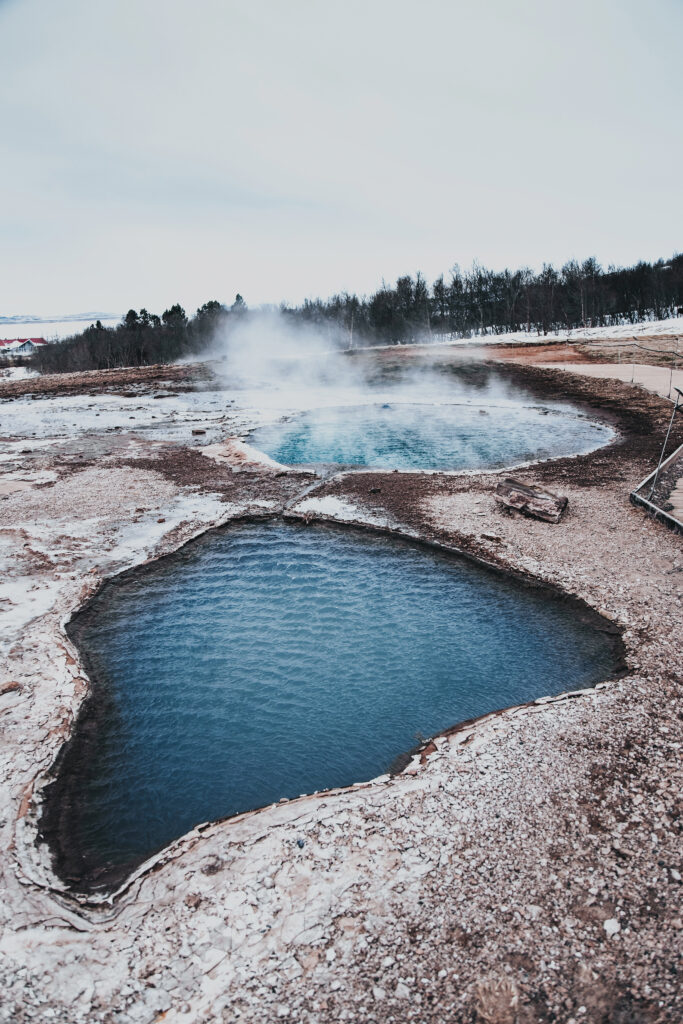
Icelandic blast
With some 30 volcanic systems running beneath it, and historically 130 volcanoes onshore and off it, Iceland has long attracted throngs of visitors hoping to catch a glimpse of an active one. Status reports on volcanic activity are regularly issued in the island nation, one of the most active volcanic regions on the planet with an eruption every four years on average.
Some eruptions can be huge, like the one in 2010 in the main crater of Eyjafjallajökull which caused a vast cloud of ash to spread over large areas of northern Europe, while in others, lava flows quietly from fissures.
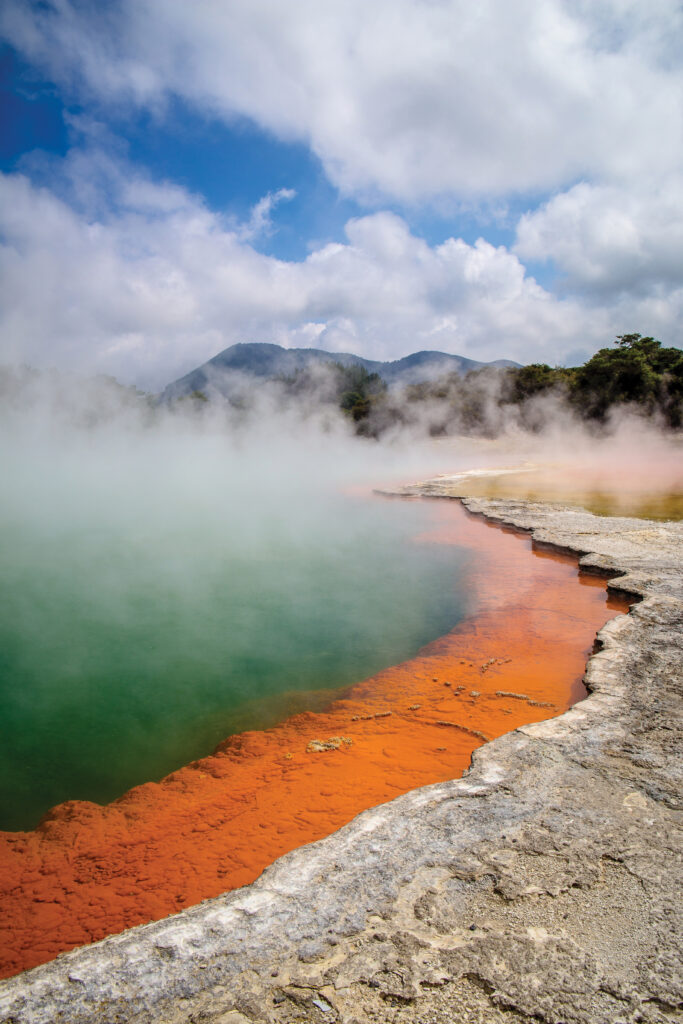
Some tours of Iceland are centred purely around volcanoes – being lowered by lift into a cavernous magma chamber of the dormant Thrihnukagigur volcano, visiting huge lava cave complexes, undertaking spectacular hikes along volcanic peaks, or visiting the interactive volcano exhibition in Hvolsvöllur known as the Lava Centre.
The striking cone-shaped peak of the Snæfellsjo ̈kull National Park in the west of the country is thought to be the inspiration for Jules Verne’s Journey to the Centre of the Earth.
Volcano volume
Japan, New Zealand, Indonesia and other countries also promote their volcanic heritage. The world’s largest active volcano is Mauna Loa (Long Mountain) in Hawaii, covering more than 5,200 square kilometres.
Like Iceland, Japan is one of the most active volcanic regions on Earth. It is located above the Pacific Ring of Fire, sitting on top of four tectonic plates on the edge of a subduction zone. About 60 of its 186 volcanoes are still active in geological terms.
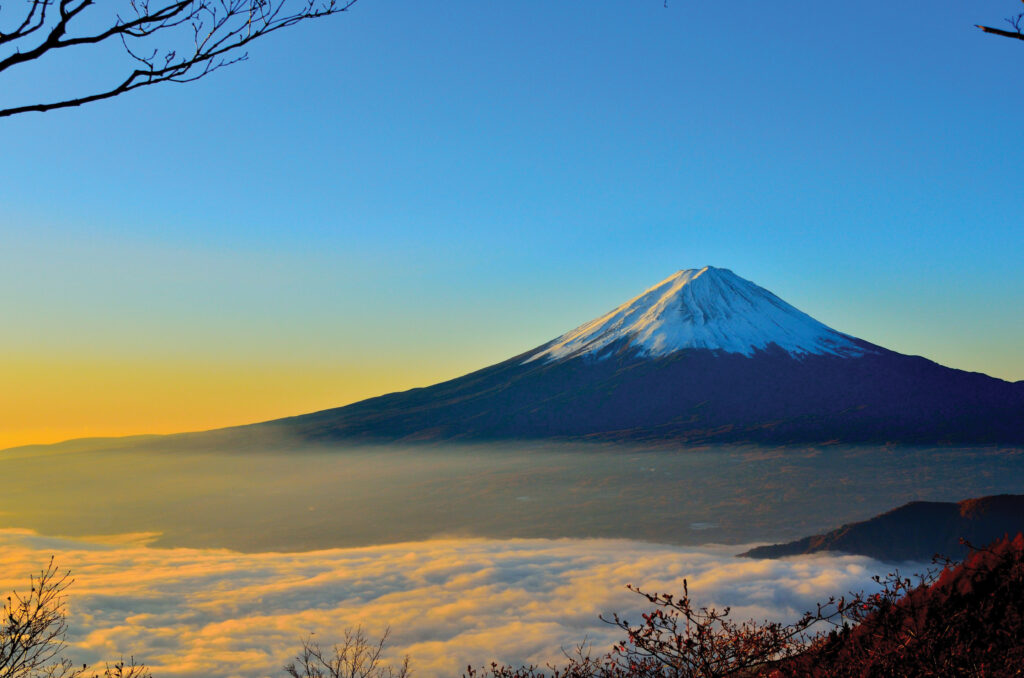
One active Japanese volcano popularly on people’s bucket lists is Sakurajima (Cherry Blossom Island) in Kagoshima Bay, appearing to rise more than 1,120 metres directly above the water, this regularly spews ash.
About half a million people live within 10 kilometres of its crater, and taking the spectacular ferry journey to Sakurajima from precariously positioned Kagoshima city is recommended. The volcano is also accessible by road around the periphery of the bay since the former island has been joined to the peninsula since a 1914 eruption spilled out three billion tonnes of lava.
Springing forth
Iceland and Japan are known for their vast number of hot springs which pepper the countryside and are located close to areas of volcanic activity. Here, the water temperature increases through circulation close to magma reservoirs below the surface.
This manifestation of geothermal energy is evident in geysers, bubbling mud pools and hot springs. The mineral content of hot springs is thought to impart health benefits. In Iceland, many hotels offer baths fed by local hot springs. The Viking Pool in Leirubakki is made special with views of Mt Hekla in the background.
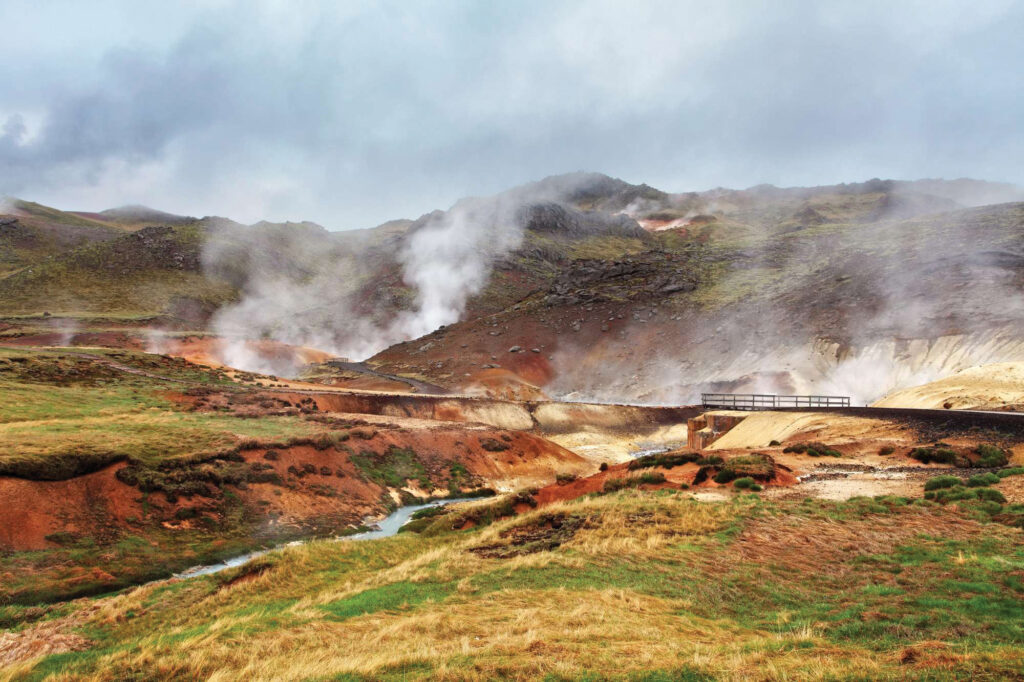
Japan places cultural significance on its more than 20,000 hot springs of volcanic origin. Many hot- spring resorts (onsen) follow a tradition going back centuries and are often located next to hiking, skiing, climbing and crater-viewing areas. In Hokkaido, Toyako is famous for its hot-spring baths with lake views.
Not far off, Showa Shinzan is a lava dome that emerged only in 1944, and parent volcano Usuzan stands nearby. The hot springs of Noboribetsu are a memorable must-try. In an amazing spectacle, indoor marble-tiled hot springs fed by geothermal energy at the Dai-ichi Takimotokan Hotel can accommodate 1,000 bathers simultaneously.
Zao Onsen, 20 kilometres southeast of Yamagata City, is an all-year hot-spring resort – go hiking or skiing during the daytime, then chill out before dinner in a mountain hot spring and contemplate the finer things in life.
Crater close-encounters
Famous for its geysers at Rotorua, the hot springs in New Zealand play an important part in the Māori culture, as do the volcanoes. The country offers some spectacular hiking across volcano areas, notably in Tongariro.
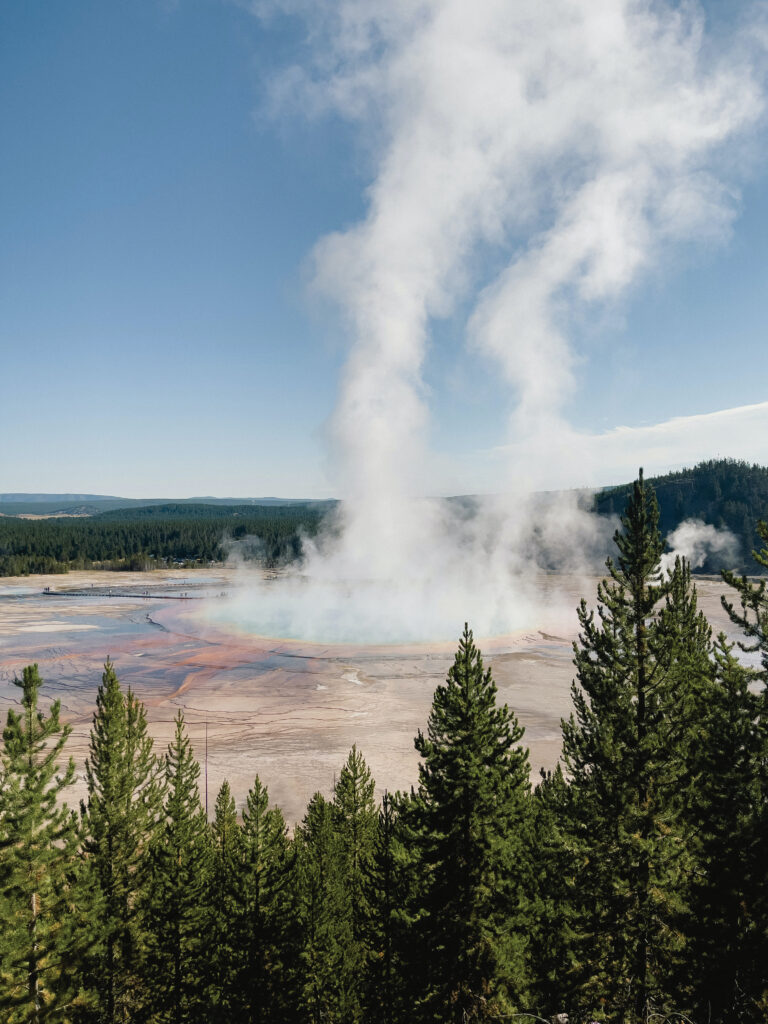
Home to three breathtaking volcanoes (Tongariro, Ruapehu and Ngauruhoe), the Tongariro Alpine Crossing has oft been described as the best one-day hike in the world, taking you over red craters, green and blue lakes and wild open countryside. It was briefly closed in 2012 due to volcanic activity from one of the cones.
With close to 130 active volcanoes, Indonesia can also boast some fantastic volcano tourism. There are organised tours to see Anak Krakatau (Child of Krakatau) in the Sunda Strait between Java and Sumatra, though it is now considered a dangerous mountain and access depends on its level of activity.
Mount Merapi is another favourite destination, especially given its proximity to the World Heritage site of Borobudur. Further to the east of Java, watching the sunrise over Mount Bromo – named after Hindu god Brahma – can provide glorious views.
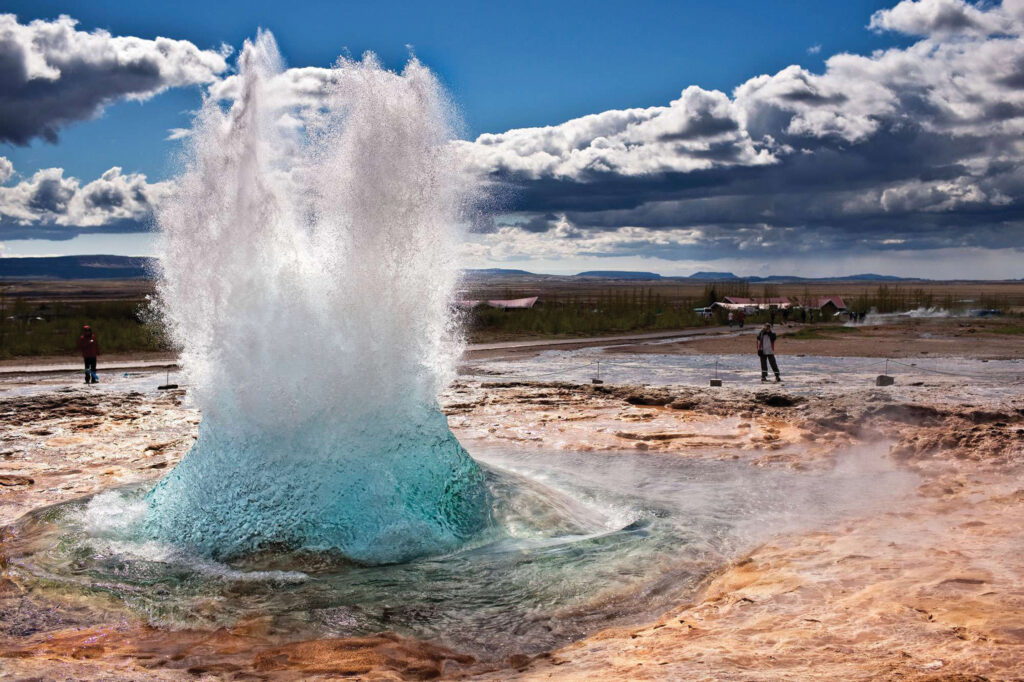
Perhaps lured by the element of danger, tourists have been attracted to volcanoes for centuries. By the mid-1860s, Thomas Cook, the pioneer of package tours, was arranging visits to Pompeii in Italy, and Vesuvius, the volcano that buried it in 79 A.D.
In the 1880s, a funicular was built to take tourists to the top of Vesuvius. Active volcanoes burn on and on in the imagination of adventurous travellers, calling them to the edge of their craters.







